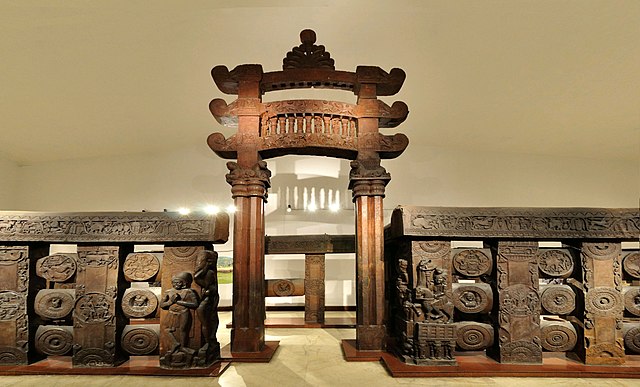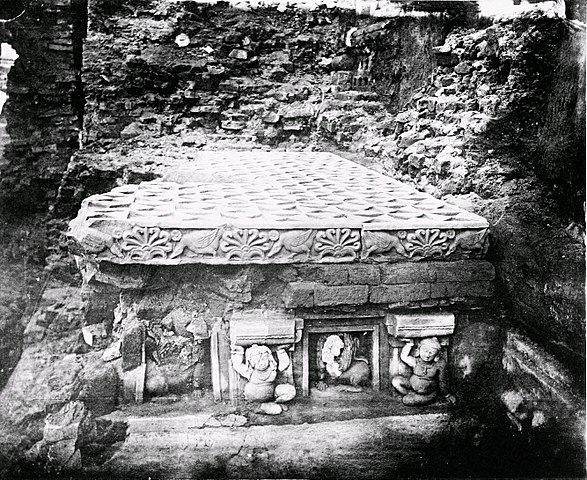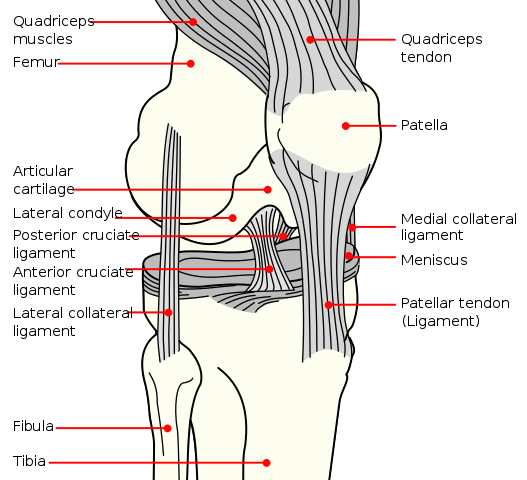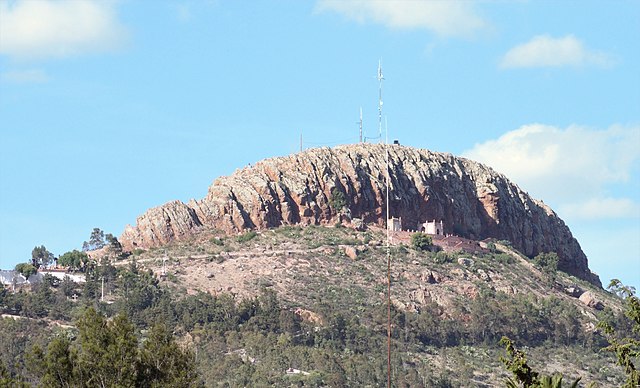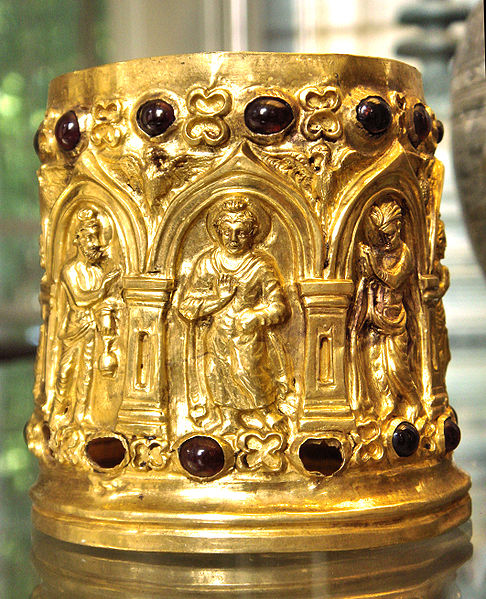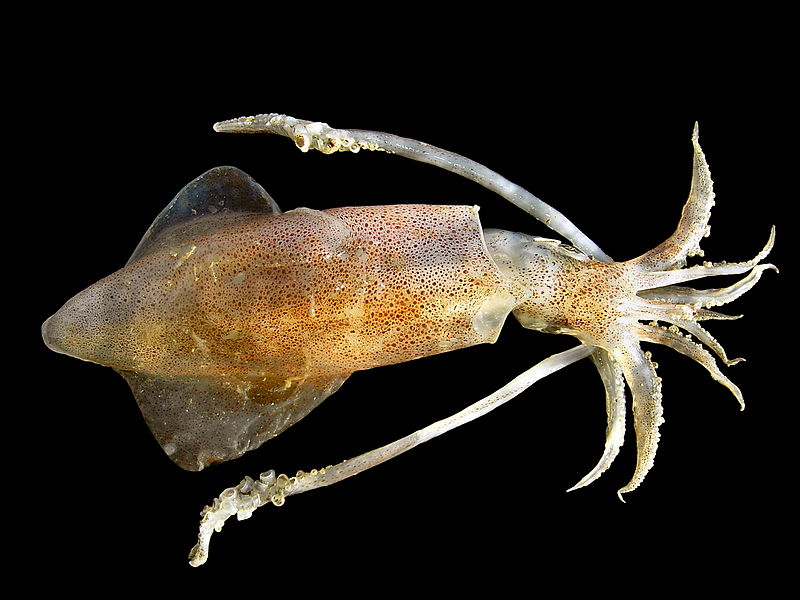We just learned about the Mexico state of
Quintana Roo.
Another Mexico state is
Aguascalientes.
This is a state in the middle of the country.
It's name means "hot waters" because of the hot springs in the area.

(from: wikipedia -
aguascalientes)
The coat of arms has the Latin words "Bona Terra, Bona Gens, Aqua Clara, Clarum Coelum", which means "Good land, good people, clear water, clear sky".
The helmet on top of the crest is for Jauan de Montoro who started the village of Aguascalientes.
Under the helmet is a blue area that shows mother Mary held up by two cherubim, next to a water fountain for the hot springs and a gold chain and lips for freedom and independence.
The bottom left has a dam and some grapes for the farming and rivers.
The bottom right has a gear and a bee, for factories and hard working people.

(from: wikipedia -
aguascalientes)
The INEGI is in Aguascalientes, where the government of Mexico works to keep track of how many people are in the country, how much money the country makes, and what kind of jobs everyone has.
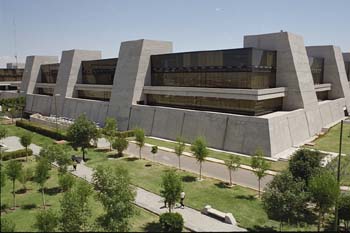
(from: wikipedia -
national institute of statistics and geography)
There is a large statue called El Cristo Rojo in the town of San José de Gracia.
The name means "The Broken Christ", and it is a 90 foot statue of Jesus on the cross.

(from: wikipedia -
el cristo rojo)
The Museo Espacio of the MECA is a giant 86 hectare area filled with museums, a library, an auditorium, and old industrial buildings and sports facilities.

(from: wikipedia -
aguascalientes)
Kid Facts - Blast from the past: Nevadan Belt
